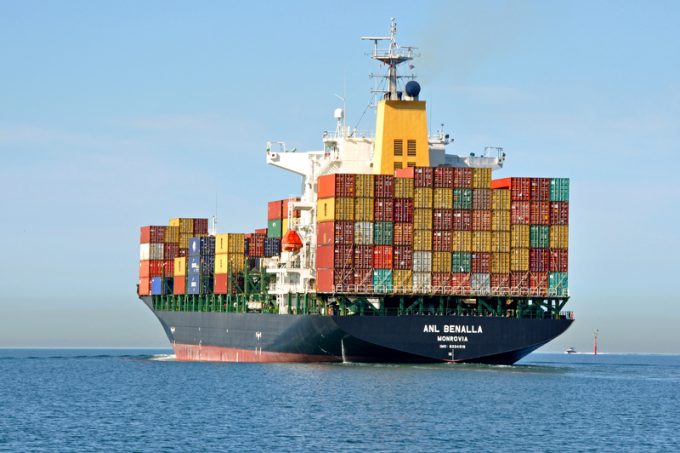Shipping lines are sub-letting tonnage to profit from firm charter market
Charter rates continue to defy the freight market, with HMM sub-letting a chartered vessel to ...

Port congestion, sky high charters and booming import demand means little prospect of freight rate respite for shippers in Australia and New Zealand.
According to Shane Walden, MD of CMA CGM subsidiary ANL Container Line, port congestion in Auckland and Sydney is creating costly delays for ...

Comment on this article